Maximize Efficiency with Contact Adhesives: Streamlining Projects with Superior Adhesive Solutions
In the fast-paced world of construction and production, efficiency is key. Every project needs to be completed on time and within budget. This is where contact adhesives or contact cement comes into play, offering a streamlined solution to maximize efficiency.
Contact adhesives provide superior bonding strength, allowing for quick and easy application. Whether you're working with wood, metal, or plastic, these adhesives ensure a strong and durable bond, eliminating the need for time-consuming clamping or drying. With their ability to bond different materials together, contact adhesives streamline the assembly process, reducing labor costs and speeding up production.
The power of contact adhesives lies in their versatility. They can be used in a wide range of applications, from carpentry to automotive manufacturing, providing a reliable and efficient solution for various projects.
For those looking to maximize their productivity and streamline their projects, contact adhesives are the go-to solution. With their superior bonding strength and versatility, these adhesives offer a hassle-free way to achieve efficient and high-quality results.
Advantages of using contact adhesives
When it comes to maximizing efficiency in projects, contact adhesives offer numerous advantages. One of the key benefits is their superior bonding strength. Unlike traditional adhesives, contact adhesives create an instant bond when two surfaces are pressed together. This eliminates the need for clamping or waiting for the adhesive to dry, saving valuable time and allowing for immediate progress in the project.
Another advantage of contact adhesives is their versatility. These adhesives can bond a wide range of materials, including wood, metal, plastic, and even fabric. This makes them suitable for various applications, from woodworking to automotive manufacturing. With contact adhesives, there's no need to invest in multiple adhesives for different materials, streamlining the procurement process and reducing costs.
Additionally, contact adhesives are resistant to heat and moisture, ensuring a durable bond even in challenging environments. This makes them ideal for both indoor and outdoor applications, providing long-lasting results that withstand the test of time. The reliability of contact adhesives further contributes to the overall efficiency of projects, as there's no need for frequent repairs or replacements.
Common applications for contact adhesives
Contact adhesives find their applications in a wide range of industries and projects. One common use is in carpentry and woodworking. These adhesives are perfect for bonding wood pieces together, whether it's for furniture, cabinetry, or interior installations. The instant bond created by contact adhesives allows for seamless assembly, reducing the need for time-consuming clamping and ensuring a strong and durable joint.
In the automotive industry, contact adhesives play a crucial role in manufacturing processes. They are used for bonding various components, such as interior trim, headliners, and upholstery. The strong bond provided by contact adhesives ensures that these components stay in place even under the stress of daily use. Moreover, contact adhesives offer resistance to heat and vibration, making them suitable for automotive applications.
Another common application for contact adhesives is in the construction industry. These adhesives are used for bonding materials like tiles, laminates, and wall panels. The instant bond and durable nature of contact adhesives ensure that these materials stay in place, even in high-traffic areas or areas prone to moisture. With contact adhesives, construction projects can be completed efficiently, without the need for additional support or drying time.
Types of contact adhesives available
There are different types of contact adhesives available in the market, each with its own set of properties and applications. One common type is solvent-based contact adhesive. This type of adhesive is known for its strong bonding strength and fast drying time. It is suitable for a wide range of materials and can withstand high temperatures and humidity.
Another type of contact adhesive is water-based contact adhesive. This type of adhesive is more environmentally friendly and has a lower VOC (volatile organic compound) content. Water-based contact adhesives are ideal for applications where the odor and fumes from solvent-based adhesives may be a concern. They offer a strong bond and are suitable for various materials, including wood, metal, and plastic.
Factors to consider when choosing a contact adhesive
When choosing a contact adhesive, there are several factors to consider to ensure optimal efficiency and effectiveness. One important factor is the compatibility of the adhesive with the materials being bonded. Different contact adhesives have different bonding capabilities, so it's essential to choose an adhesive that is suitable for the specific materials involved in the project.
Another factor to consider is the drying time of the adhesive. Some contact adhesives have a faster drying time than others, which can significantly impact the overall efficiency of the project. It's important to choose an adhesive that allows for quick progress without compromising the quality of the bond.
Additionally, the temperature and environmental conditions should be taken into account. Some contact adhesives are specially formulated to withstand high temperatures or extreme humidity, making them suitable for specific applications. Considering the conditions in which the adhesive will be used ensures that it performs optimally and provides a long-lasting bond.
Tips for applying contact adhesives effectively
To maximize the efficiency of contact adhesives, it's important to follow a few tips for effective application. First and foremost, it's crucial to prepare the surfaces properly before applying the adhesive. Surfaces should be clean, dry, and free from dust or debris. This ensures a clean bond and minimizes the risk of failure.
When applying the adhesive, it's recommended to use a brush or roller for even and consistent coverage. The adhesive should be applied to both surfaces to be bonded, ensuring full coverage. It's important to follow the manufacturer's instructions regarding the application thickness and drying time to achieve optimal results.
Once the adhesive is applied, the surfaces should be pressed firmly together. This creates an instant bond and ensures a strong joint. It's important to apply sufficient pressure to ensure proper contact between the adhesive and the surfaces. This can be done using clamps or other tools, depending on the size and shape of the materials being bonded.
Case studies: Success stories of businesses streamlining projects with contact adhesives
Many businesses have experienced significant improvements in efficiency by incorporating contact adhesives into their projects. One such case study is a furniture manufacturer that switched to contact adhesives for bonding wood panels. The instant bond provided by the adhesive eliminated the need for clamps, reducing assembly time by 50%. This allowed the manufacturer to increase production capacity and meet tight deadlines, resulting in higher customer satisfaction and increased profits.
Another success story is an automotive assembly plant that adopted contact adhesives for bonding interior components. The switch from traditional adhesives to contact adhesives reduced the drying time from 24 hours to just a few minutes. This accelerated the assembly process, enabling the plant to produce more cars in the same timeframe. The strong bond provided by the contact adhesive also contributed to improved vehicle quality and reduced warranty claims.
Contact adhesive accessories and tools for improved efficiency
In addition to contact adhesives, there are various accessories and tools available to further improve efficiency in projects. One such accessory is a spray gun or applicator, which allows for quick and even application of the adhesive. Spray guns are particularly useful for large surface areas or projects that require a high level of precision.
Another tool that can enhance efficiency is a heat gun or hot air blower. These tools can be used to accelerate the drying process of contact adhesives, especially in colder or humid environments. By applying heat to the bonded surfaces, the adhesive can cure faster, allowing for quicker progress in the project.
Additionally, adhesive removers and cleaners can be used to remove excess adhesive or clean surfaces before bonding. These products ensure a clean and smooth surface, promoting a strong bond and minimizing the risk of failure. By using the right accessories and tools, projects can be completed more efficiently, saving time and resources.
Frequently asked questions about contact adhesives
Q: Are contact adhesives suitable for outdoor applications?
A: Yes, contact adhesives are suitable for outdoor applications. They are resistant to heat and moisture, making them ideal for various outdoor projects.
Q: Can contact adhesives be used on flexible materials?
A: Yes, contact adhesives can be used on flexible materials. They provide a strong and durable bond, even on materials that undergo frequent bending or flexing.
Q: How long does it take for contact adhesives to dry?
A: The drying time of contact adhesives varies depending on the type and brand. It's important to follow the manufacturer's instructions for the specific adhesive being used.
Q: Can contact adhesives be used on painted surfaces?
A: Contact adhesives can be used on painted surfaces, but it's important to ensure that the paint is fully cured and adhered to the surface before applying the adhesive.
Q: Are contact adhesives flammable?
A: Some contact adhesives may be flammable, especially solvent-based adhesives. It's important to handle and store them according to the manufacturer's instructions and safety guidelines.
Conclusion: Emphasizing the importance of using contact adhesives to maximize efficiency in various projects
In conclusion, contact adhesives offer a reliable and efficient solution to maximize efficiency in various projects. Their superior bonding strength, versatility, and resistance to heat and moisture make them ideal for a wide range of applications. By using contact adhesives, projects can be completed faster, reducing labor costs and improving productivity. With the right adhesive and proper application techniques, businesses can streamline their projects and achieve high-quality results. So, whether you're working in carpentry, automotive manufacturing, or construction, consider incorporating contact adhesives into your workflow to maximize efficiency and achieve superior bonding solutions.
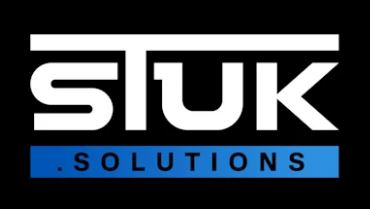
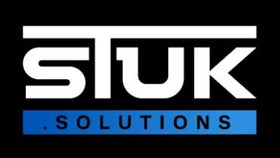
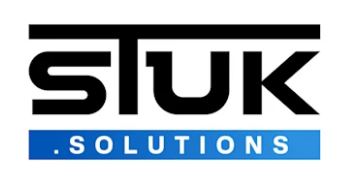
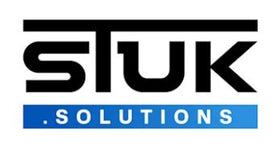
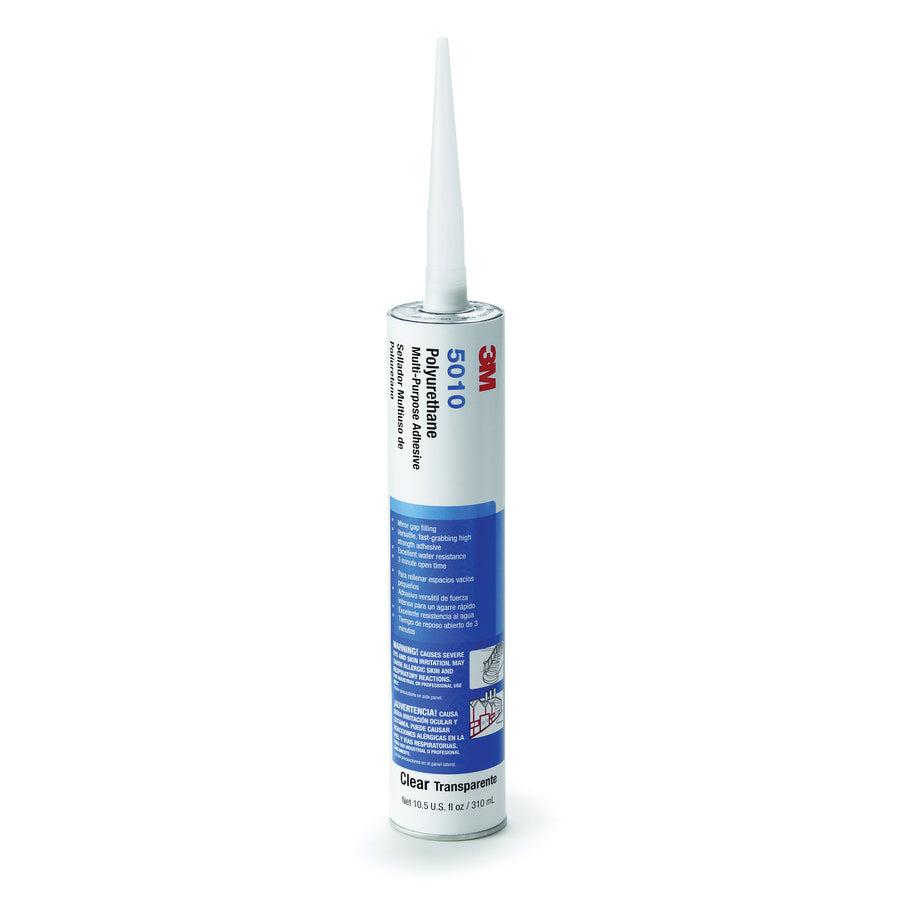
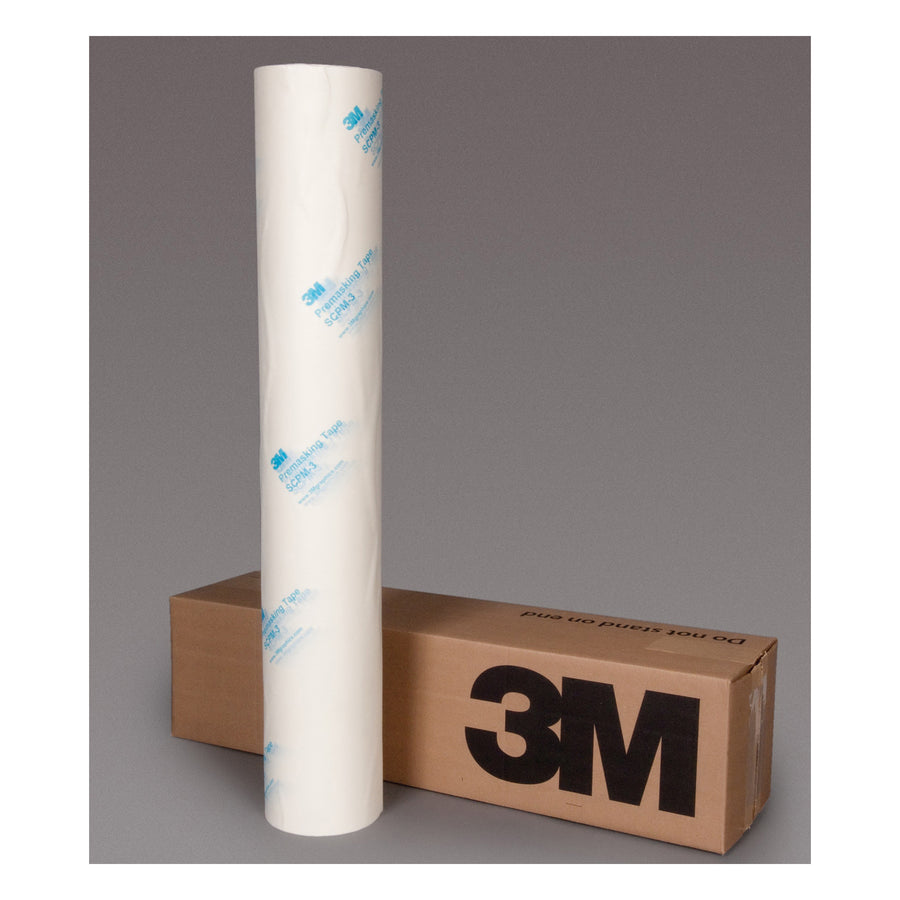
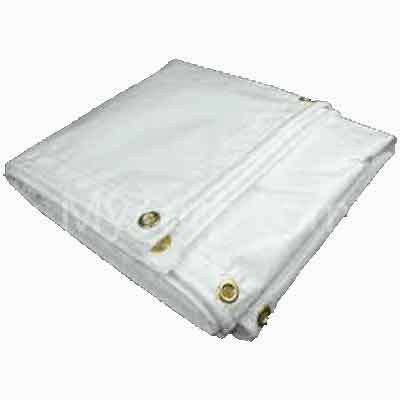
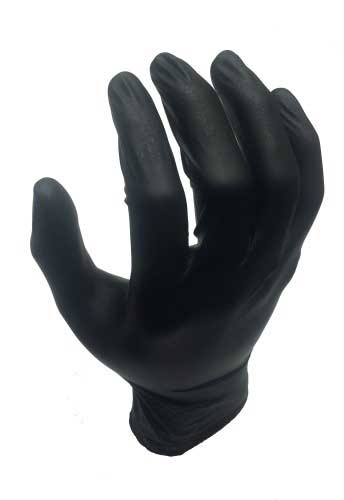

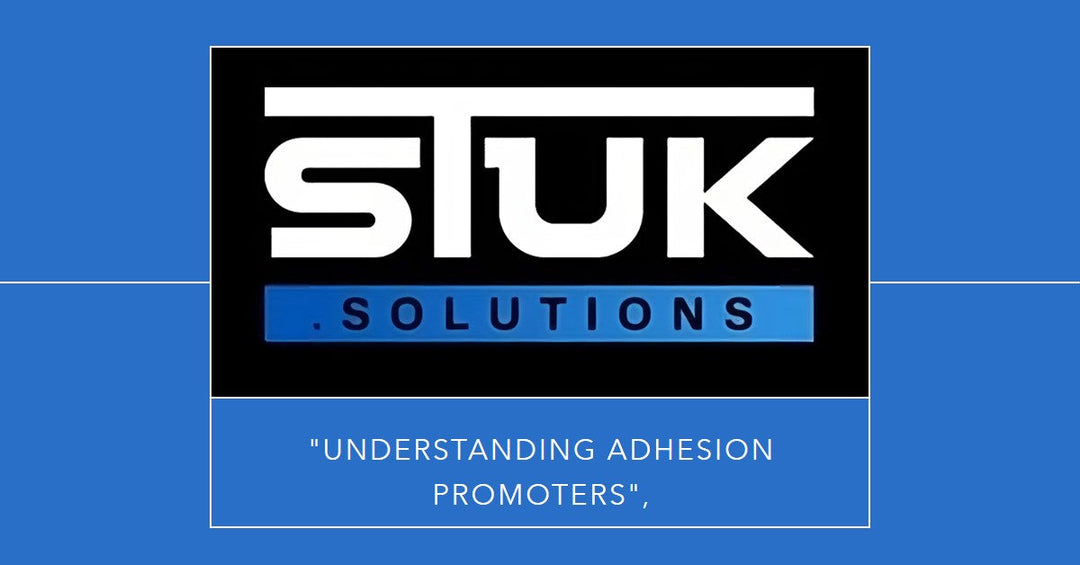

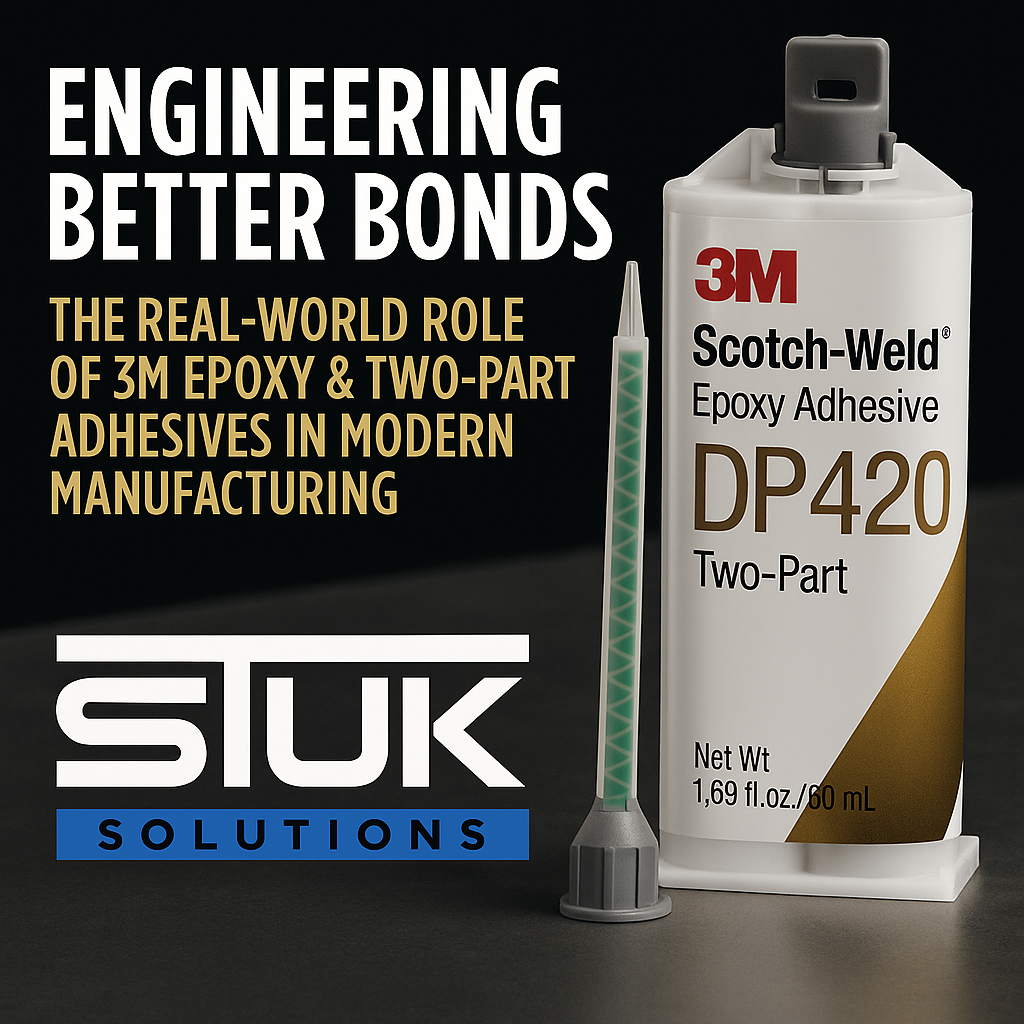
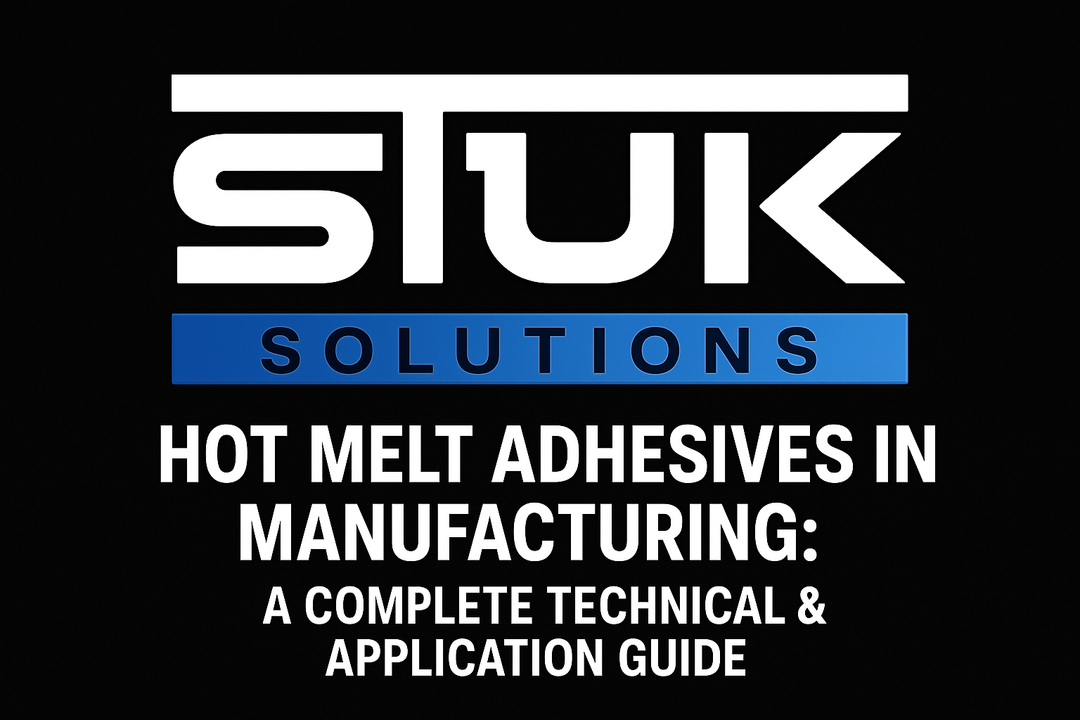
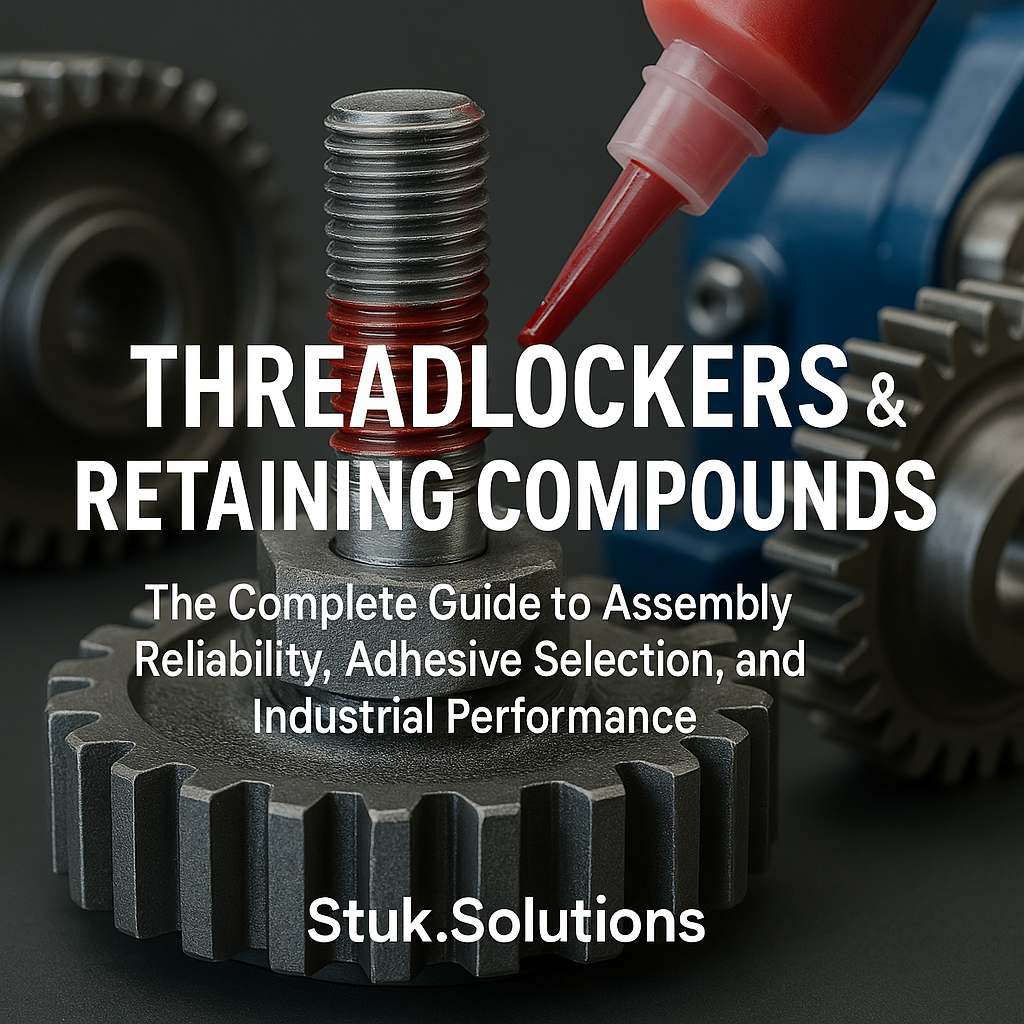
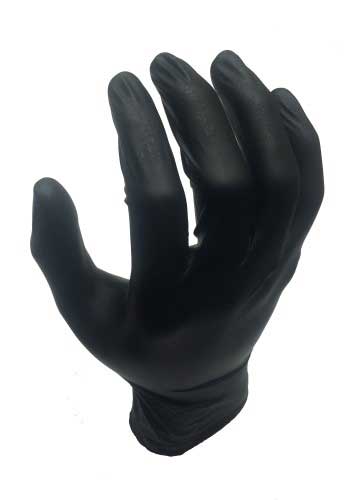
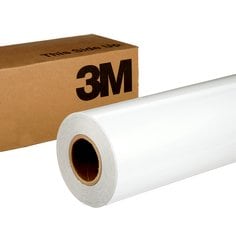
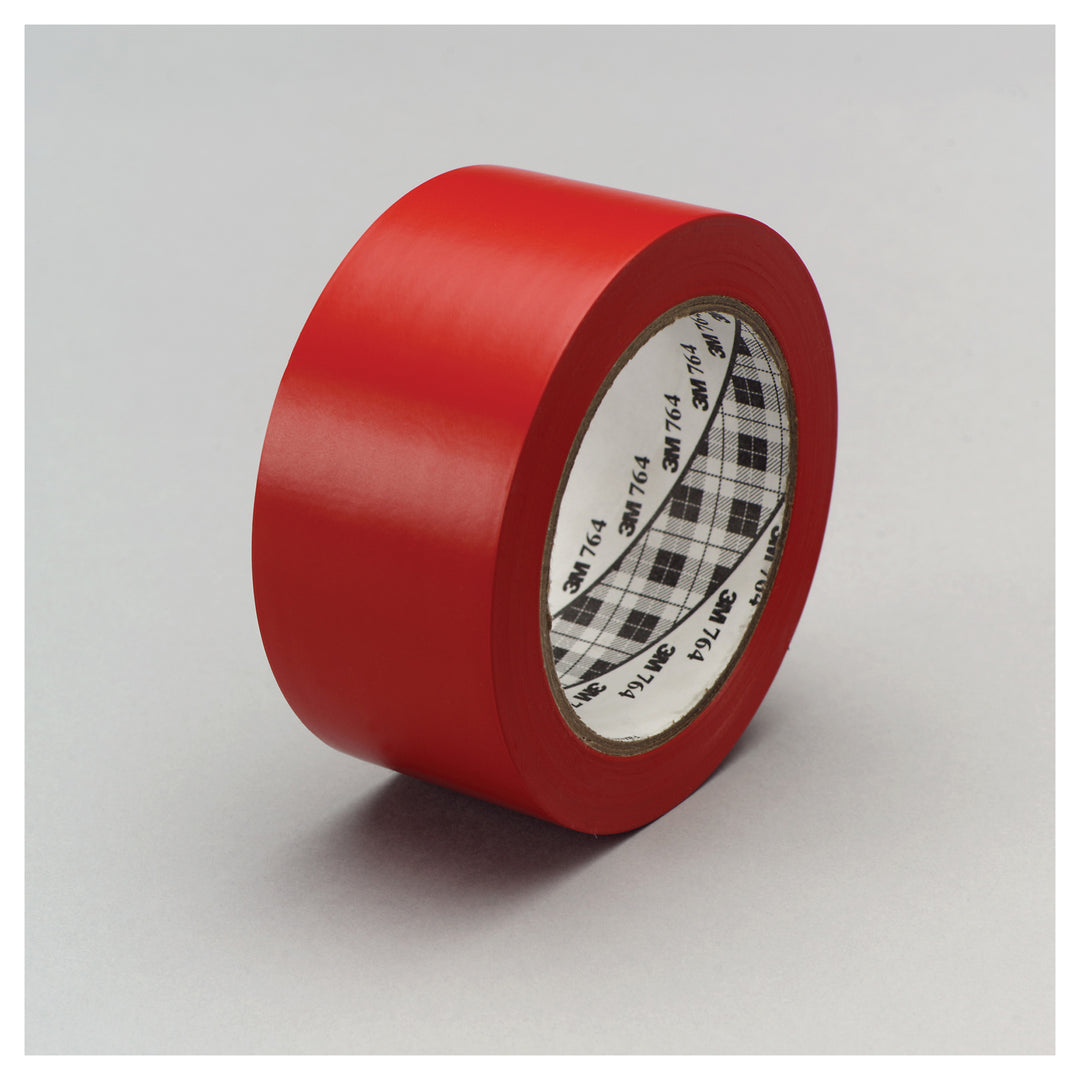
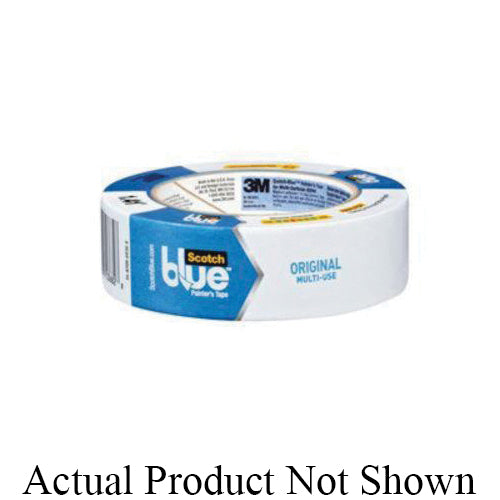
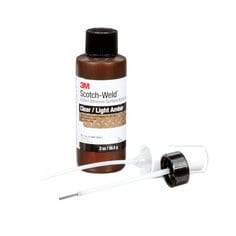
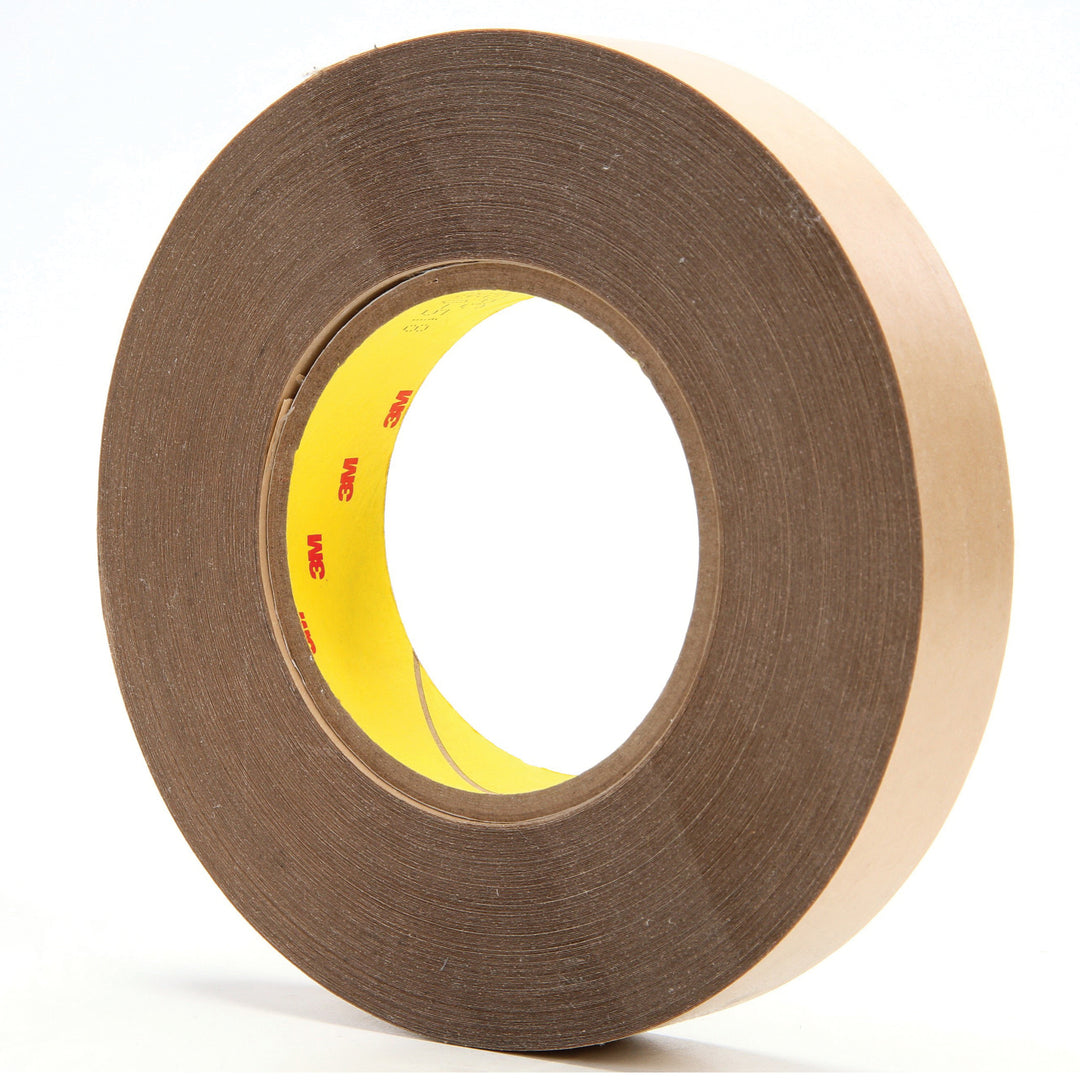
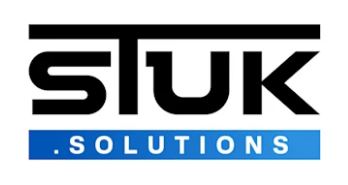
Leave a comment